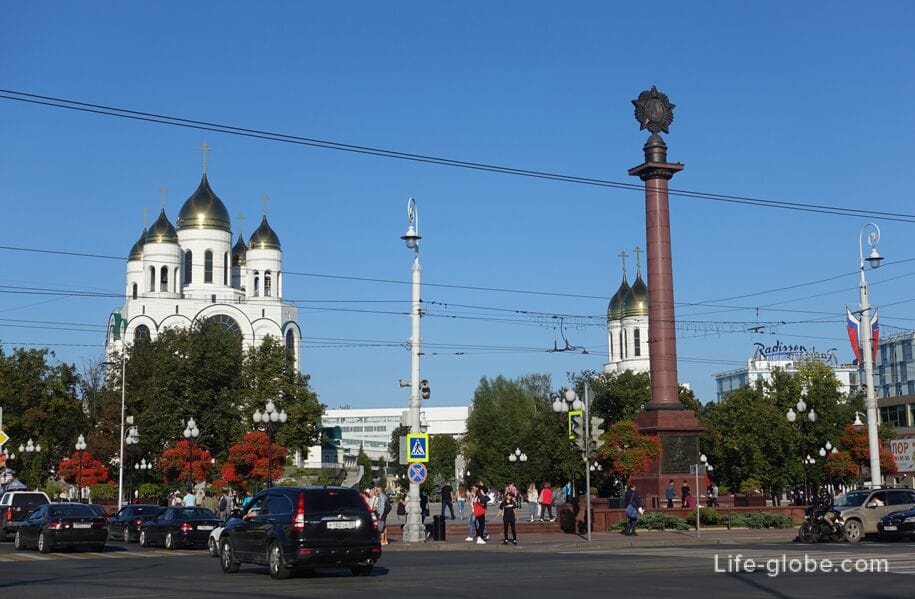
Amalienau is a former prestigious suburban quarter (district) Konigsberg (now the city of Kaliningrad), now part of the Central District of Kaliningrad.
Amalienau was known for its luxury villas, which already at the beginning of the 20th century had gas, electricity, water and sewerage. Villas in the Amalienau area were built for the wealthy class of residents, had unusual and luxurious, at that time, decorations and exterior details.
The area was built up according to a single plan. The houses in Amalienau were mostly low-rise mansions and villas, no more than two floors + an attic, built in the Art Nouveau style ("youth style", which gained popularity in many European countries), along with romanticism and neoclassicism.
Initially, the village of Hinterhufen was located in Amalienau, located in the western part of the Hufen region northwest of medieval Konigsberg. As a result of the Prussian administrative reorganization after the Napoleonic Wars, on February 1, 1818, the district was incorporated into the Konigsberg rural District.
From 1810 to the 20s, Konigsberg's commercial adviser Gustav Schnell acquired the lands around Hinterhufen and combined them into one estate, named after his wife Amalia Schnell. In 1858, Amalienau received the status of a district, and on April 1, 1905, all parts of Amalienau were finally incorporated into the city of Konigsberg.
The development of the Amalienau district as a quarter for the upper class began in 1901.
While most of Konigsberg was badly damaged in 1944 and 1945, Amalienau remained relatively unscathed. After World War II, Soviet officials often used the villas of Amalienau. Some of the buildings of the former German architecture have been preserved in modern Kaliningrad, while the other part has been rebuilt or demolished for new development, such as low-rise apartment buildings. Partial development of the area is underway at the present time.
The current Amalienau is one of the sights of Kaliningrad and a popular tourist route.
The district is bounded by Lesoparkovaya, Yanalova, Krasnaya Streets and Pobedy Avenue.
Of particular interest are (previously also appreciated) Pobedy Avenue and Kutuzov Street are wide streets along which public transport currently runs. Less lively, less wide, but also interesting streets of Amalienau diverge from the streets.
Photo of Victory Avenue
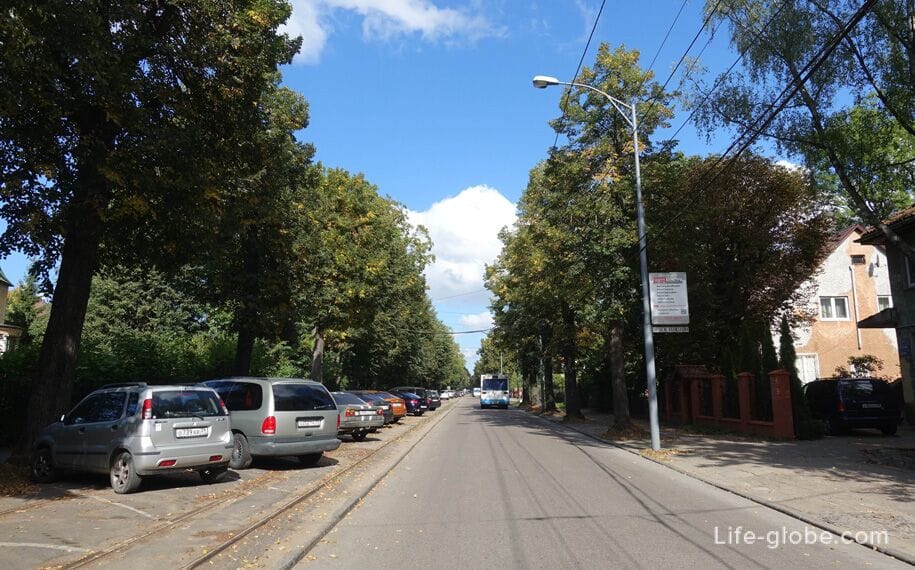
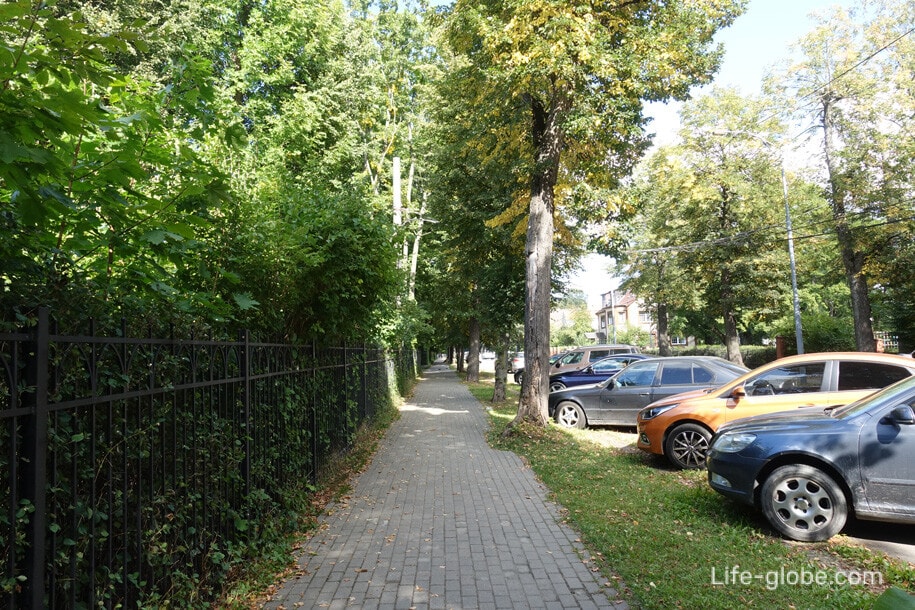
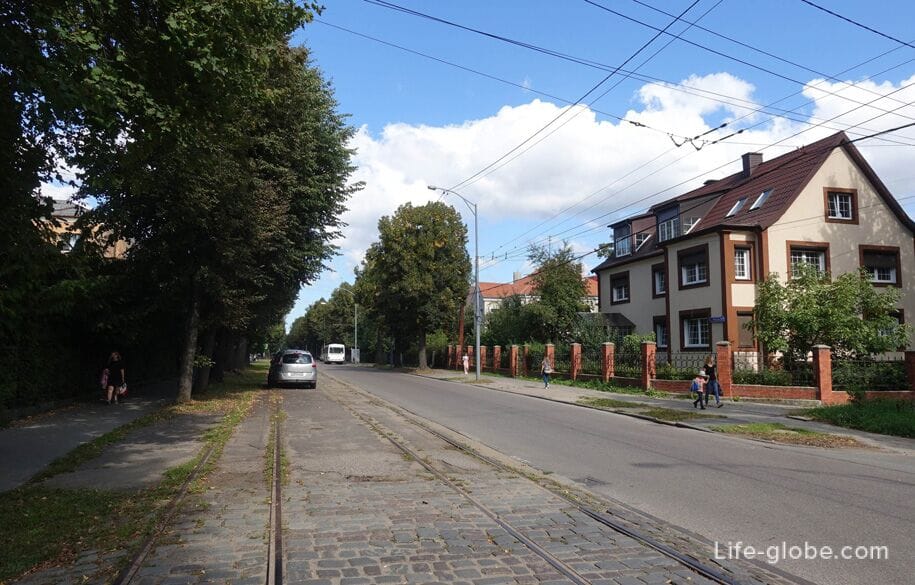
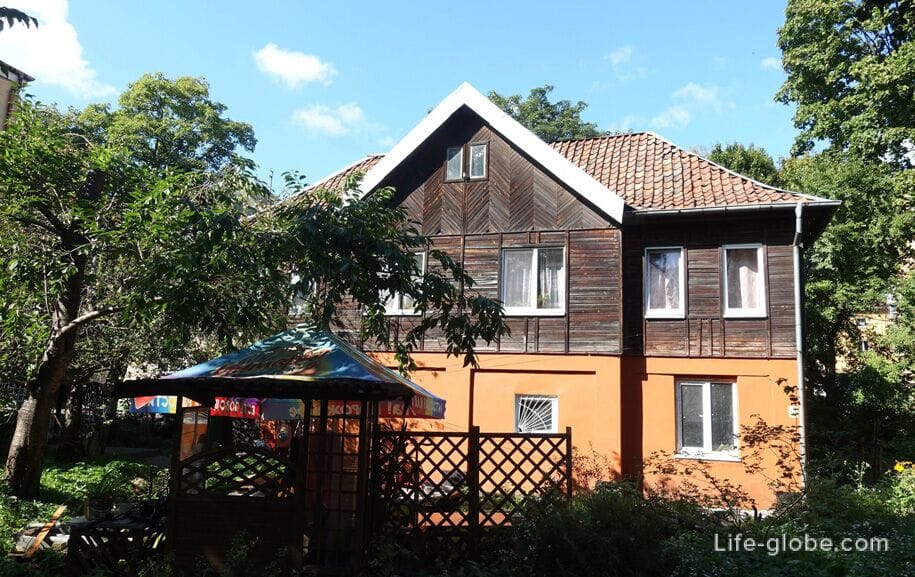
Photo of Kutuzov Street
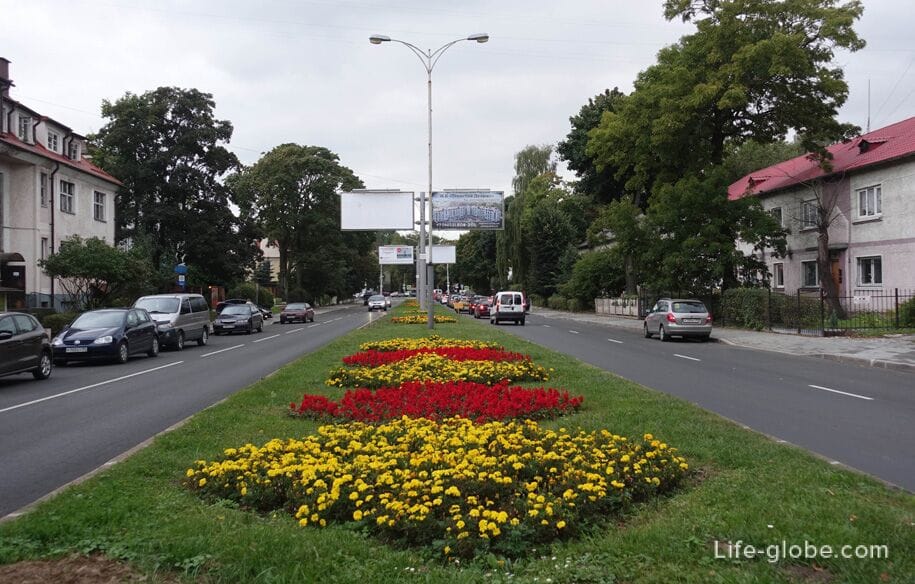
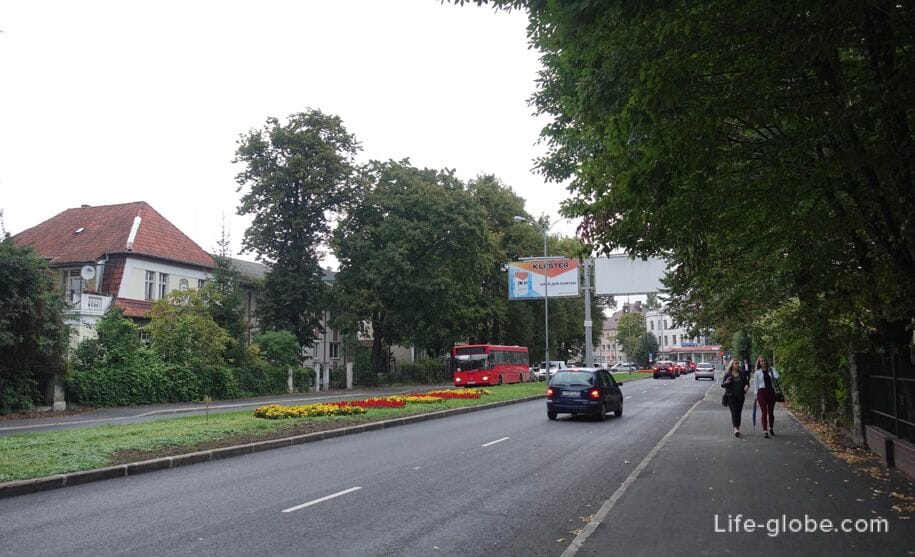

A major street of Amalienau is also part of Mira Avenue, where there is a musical theater and a monument to fallen soldiers.


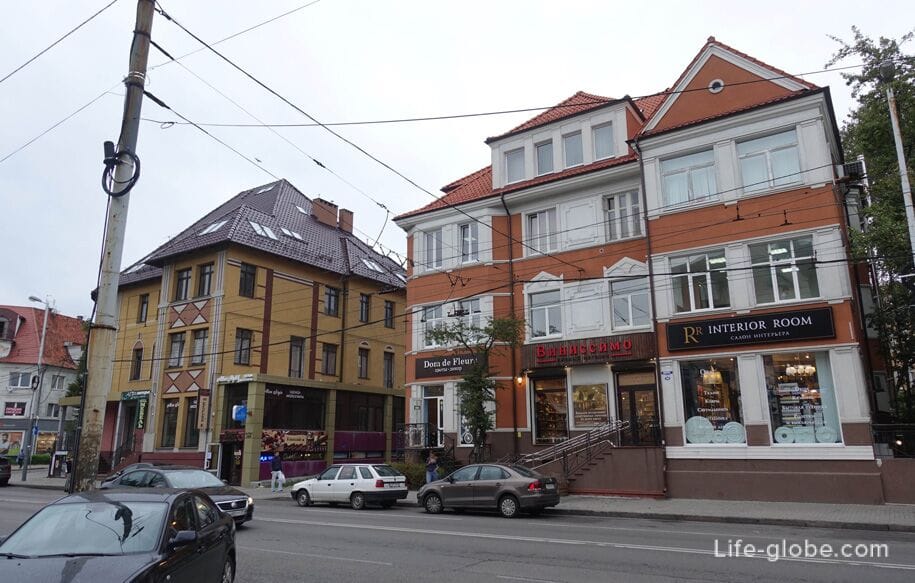

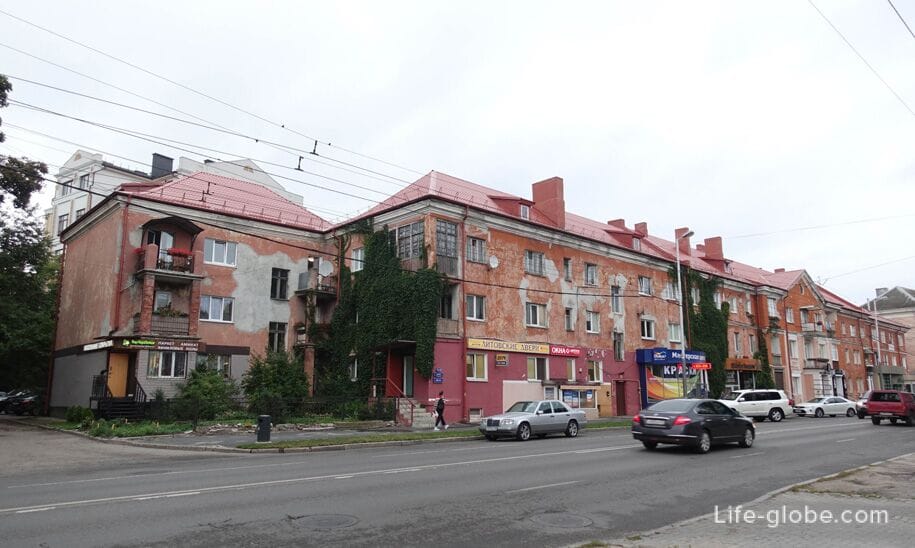
The Float pond or Bread Lake is one of the most popular places in Kaliningrad for walking and recreation - a small pond located in Amalienau, along which the embankment runs, there are places for recreation, a playground and bridges across the channels of the pond are equipped. Learn more about the Poplavok Lake in Kaliningrad...
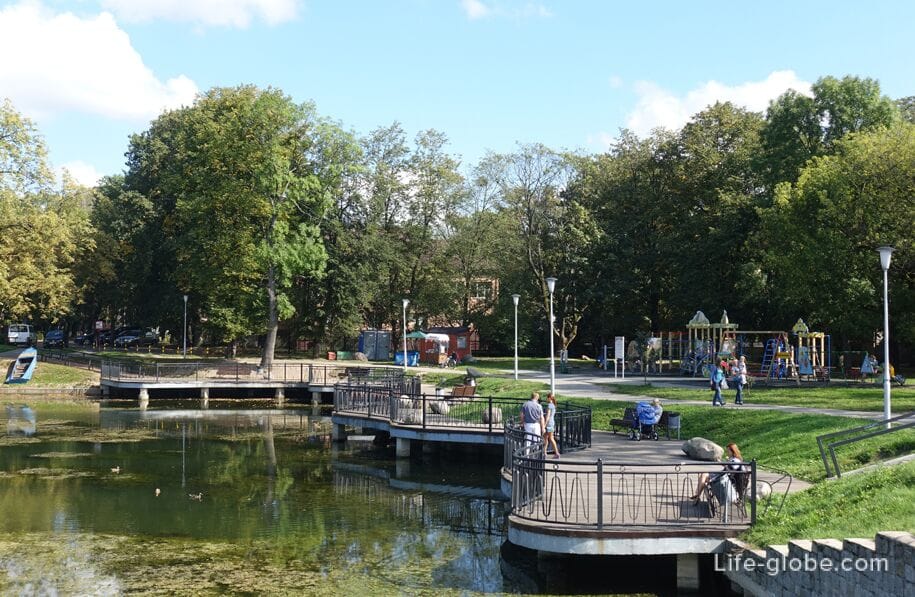

The Church of St. Adalbert was built in 1902 - 1904, now it is an architectural monument of federal significance, located at 41 Pobedy Avenue.
The reconstruction of the building is currently underway.

Of the most famous:
- Lithuanian Square, located at the intersection of Pobedy Avenue and Chestnut Alley;

- Swedish Square, on Kutuzov Street;
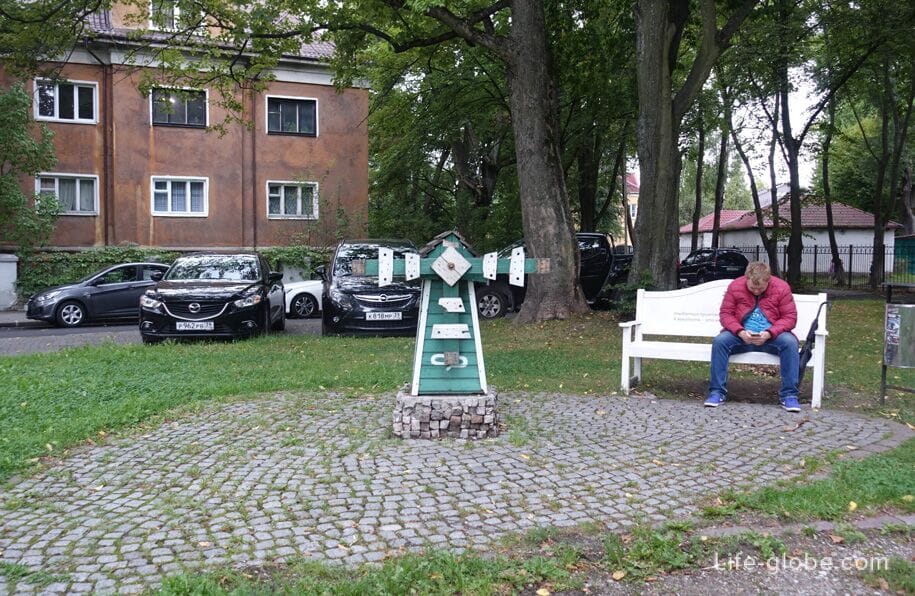

- Russian-Belarusian Friendship Square, on Kutuzov Street.
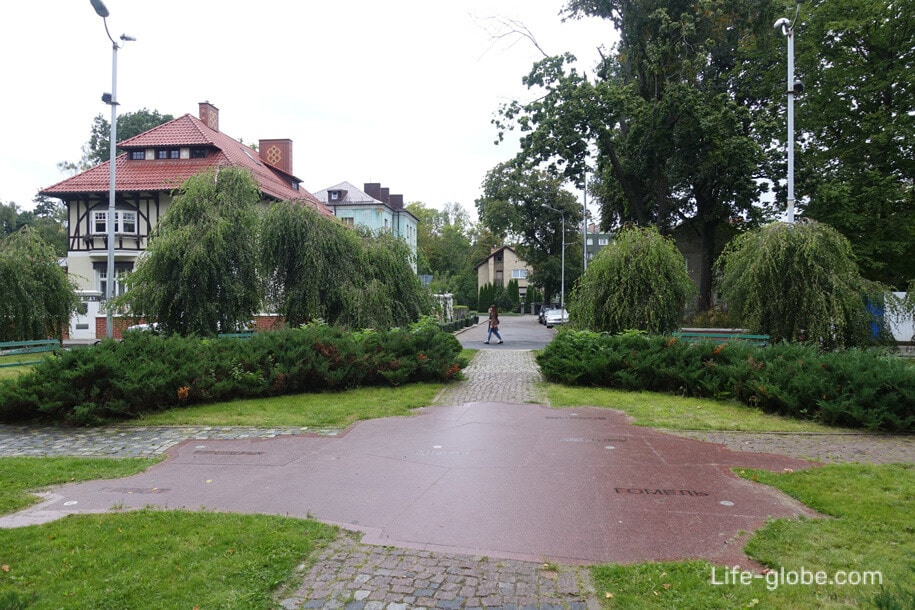
There is a historical building near the Belorussky Square -Villa Schmidt, built in 1909 by the Konigsberg architect Wilhelm Warentrapp in the style of "Art Nouveau" and on the principle of a circular gallery of rooms. The first owner of the house was Consul Karl Schmidt. The restoration of the building was completed in 2015 at the expense of a private investor. The building is an architectural monument and is included in the list of cultural heritage sites of regional significance. Now a private house. Villa address: Marina Raskova Street, 23;
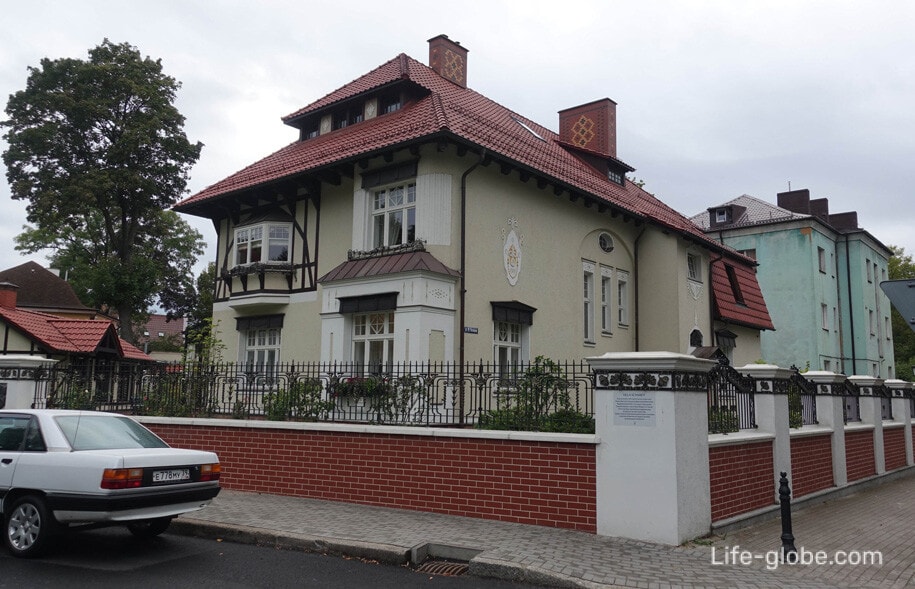
- a square at the intersection of Mira Avenue and Krasnaya Street with sculptural compositions.

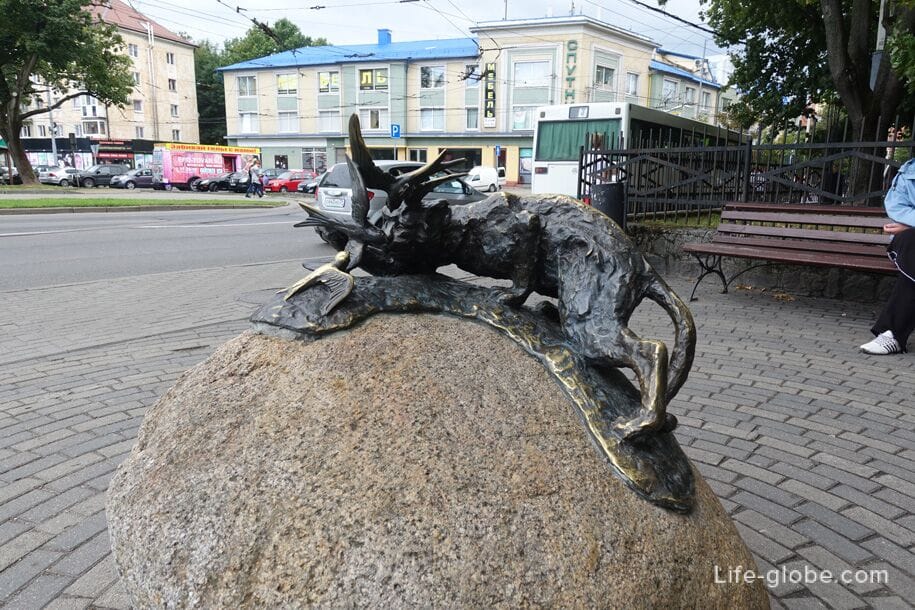
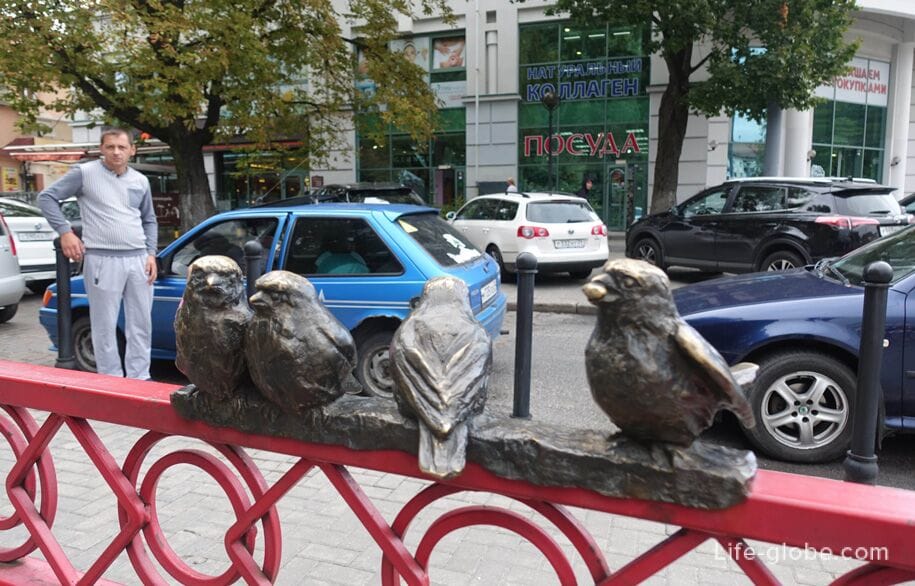
Villa Schmidt, Pobedy Avenue, 24. 1903 year of construction, a good example of Art Nouveau. The architecture of the villa is notable for various decorative elements, including stucco and bas-reliefs. Currently, it is a kindergarten.

Villa Leo, Chestnut Alley, 16. 1902 year of construction, architect Friedrich Heitman. The architecture is notable for: a multi-level roof with a turret and half-timbered elements. Currently, it is a kindergarten.
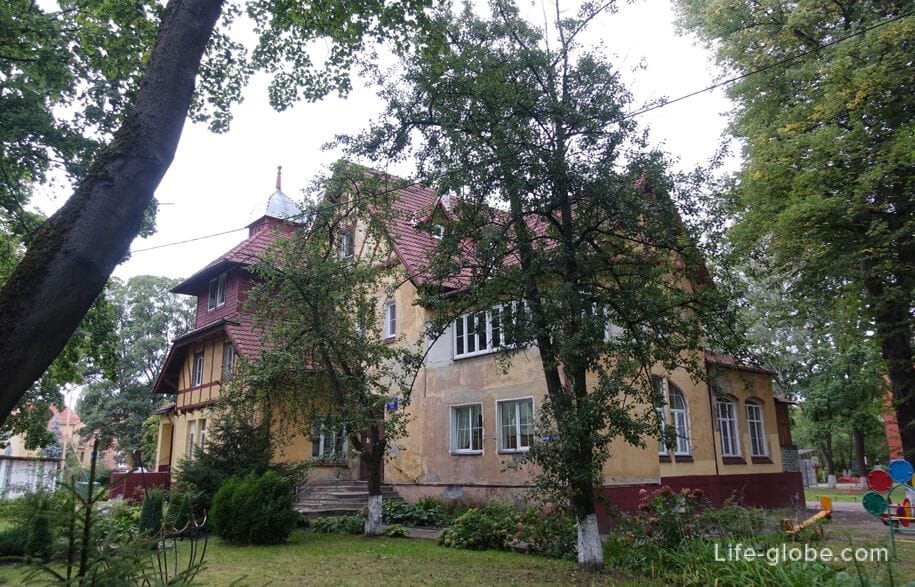
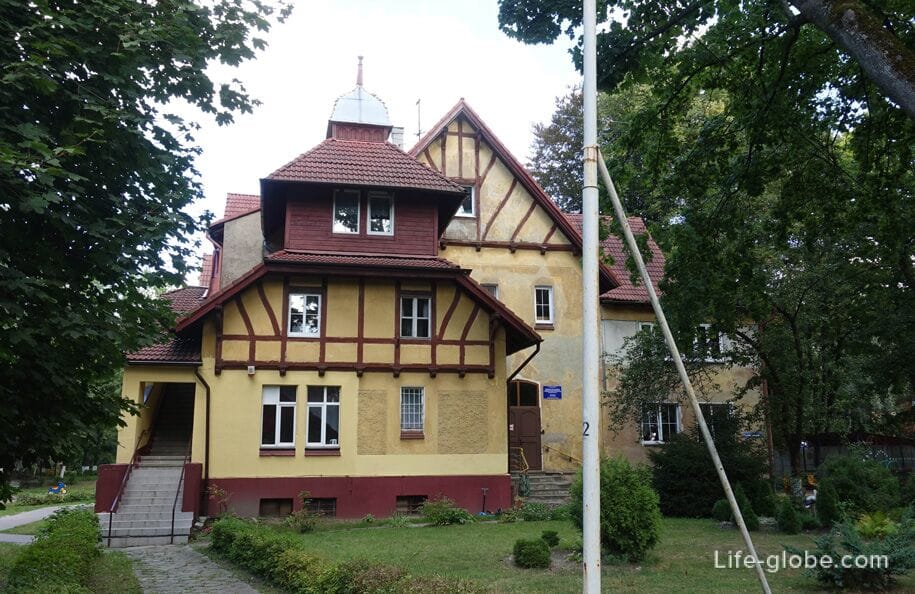
Villa Honkamp, 17 Borodinskaya Street / Pobedy Avenue. 1903 - 1905 year of construction, neo-Baroque style. Architectural features: grand staircase, columns, oval dormer windows, semicircular winter garden, balcony. Currently, it is a kindergarten.
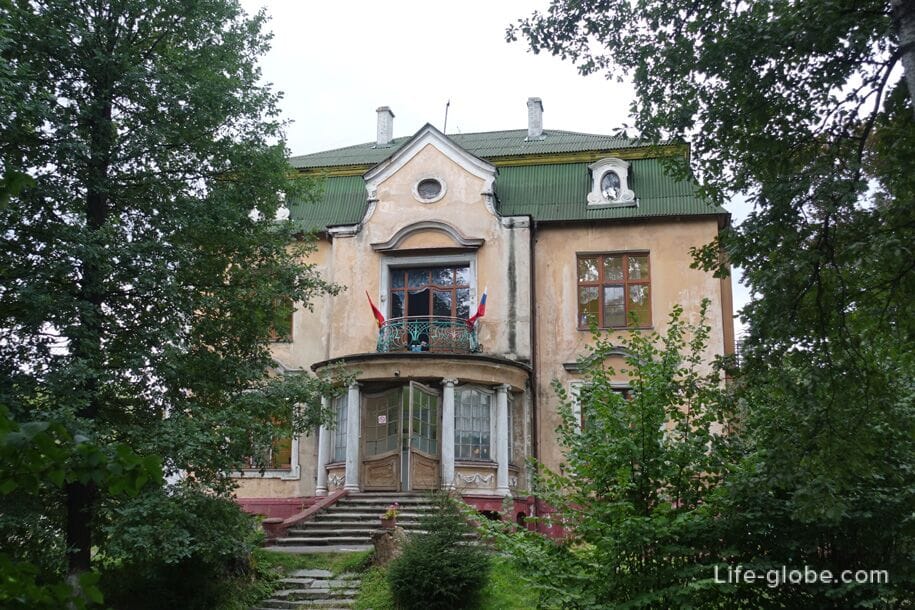
Villa Shtinski, Borodinskaya Street, 13. built in 1906, architect August Gershman. The building is distinguished by strict lines and a modest appearance, as well as asymmetry and a multi-level tiled roof.
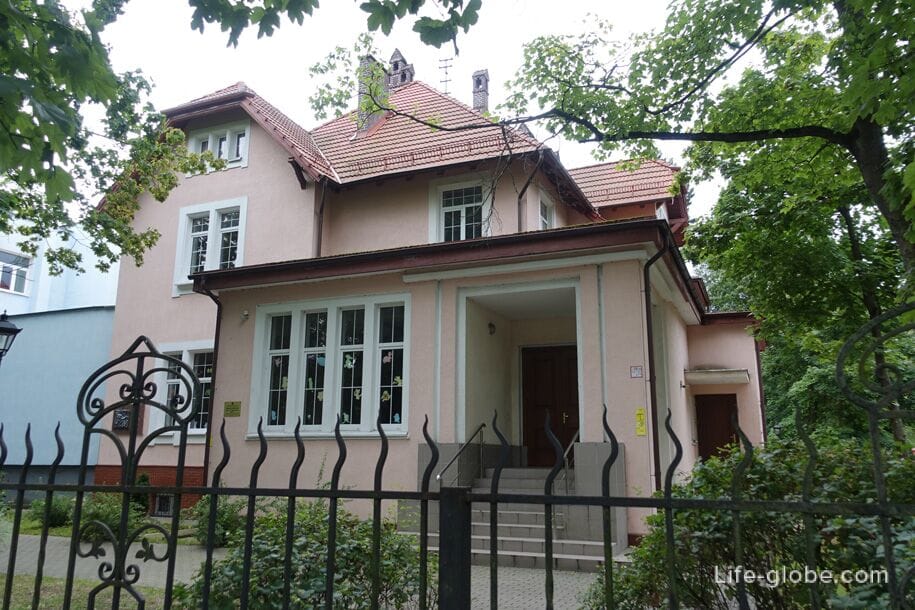
Villa built in 1905 - 1907, located at 7 Admiralskaya Street. Currently, it is a kindergarten.
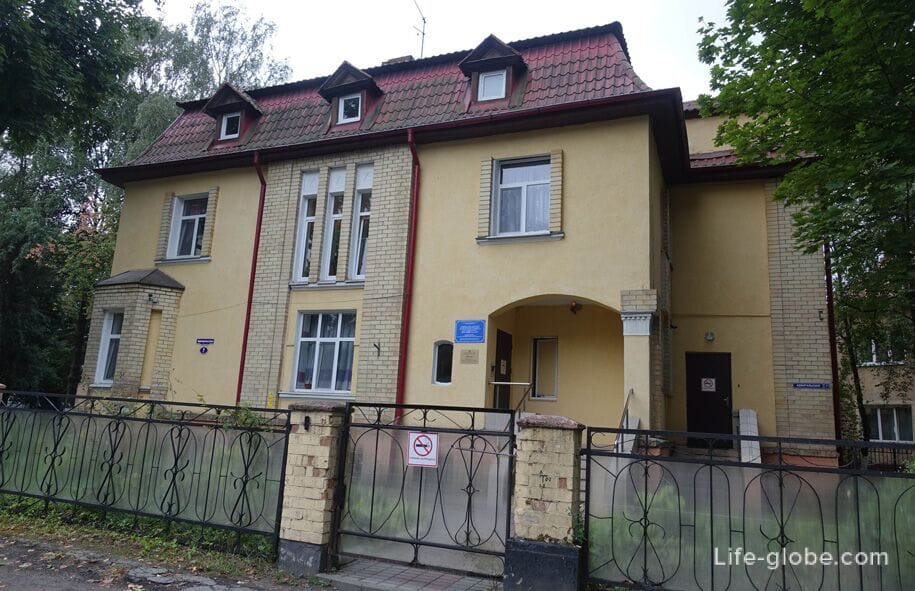
Villa Schlegelberger, Transcaucasian Street, 19. 1904, built in a romantic style, designed by Friedrich Heitmann. The building has asymmetrically arranged balconies, bay windows and outbuildings. Currently, it is a kindergarten.
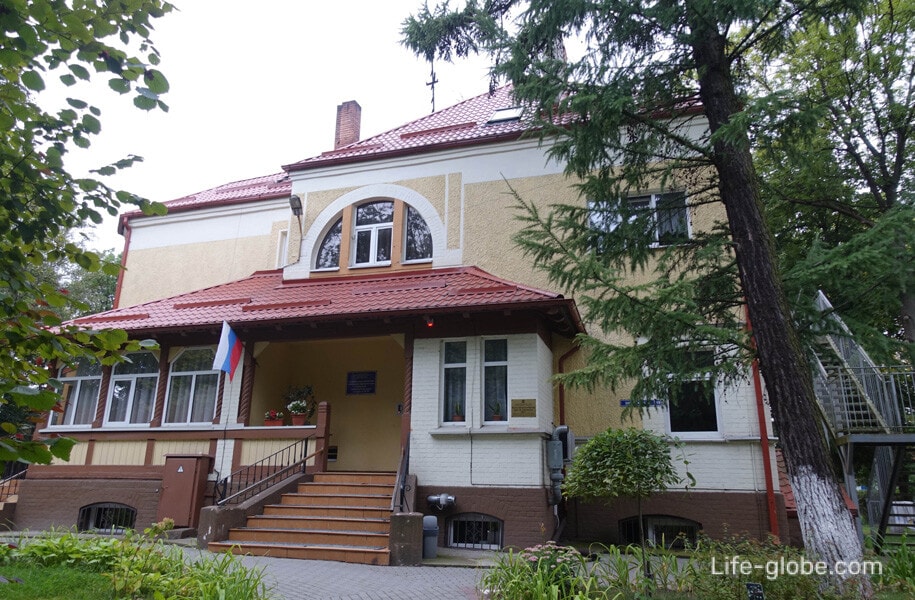
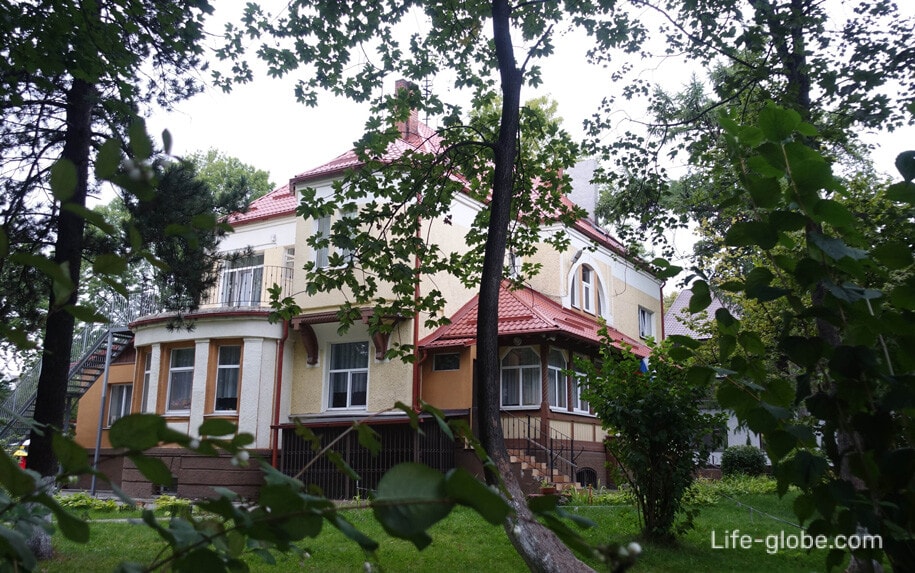
Villa Winter, Chestnut Alley, 26/28. Built in 1911-1912 by architect Friedrich Lars, commissioned by industrialist Samuel Winter. The special features of the exterior are the turrets, the clock on the tower and the directive design of the facade. Currently, the building houses the Office of the Federal Tax Service of Russia for the Kaliningrad region.

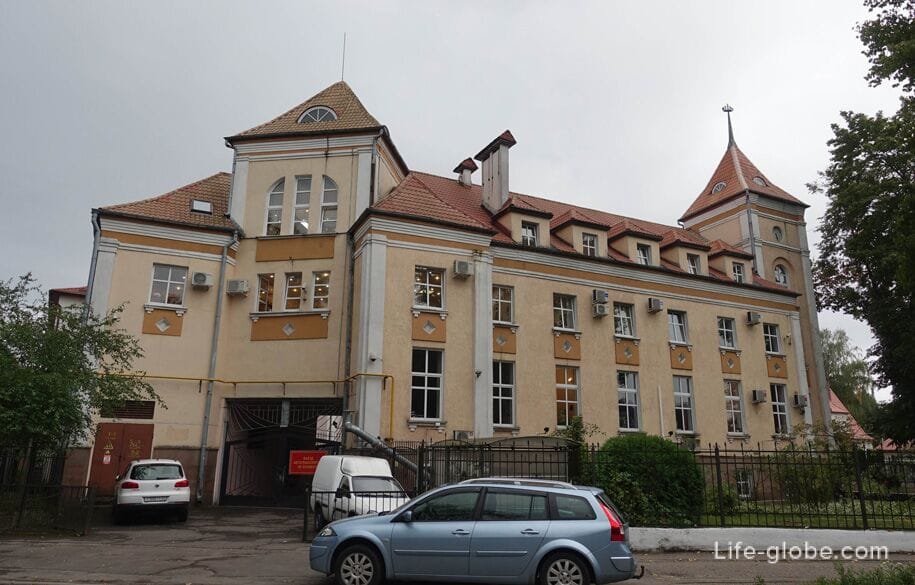
24 Chestnut Alley, Denstville.
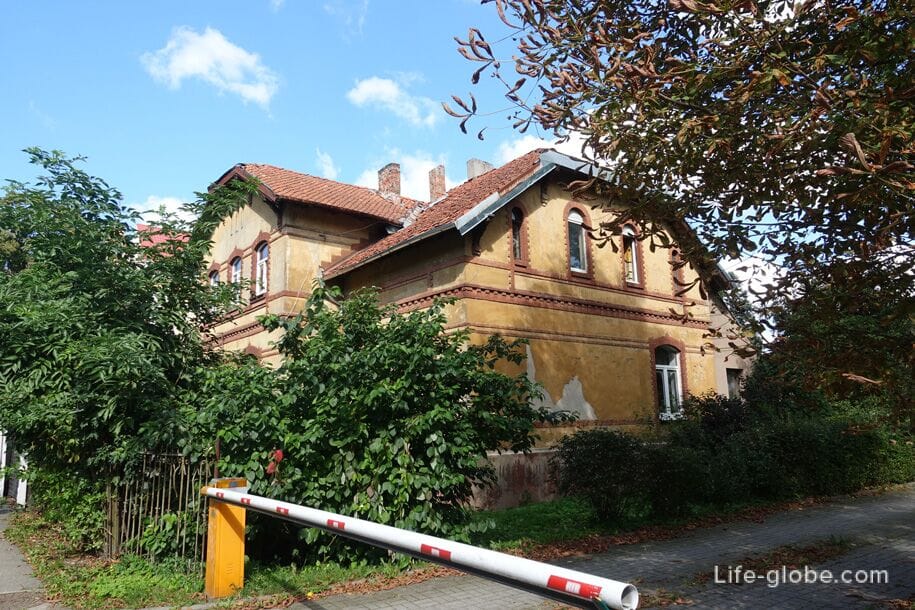
Villa Joachim, 22 Ogareva Street. The beginning of the 20th century. Now the children's music school named after R.M. Glier.
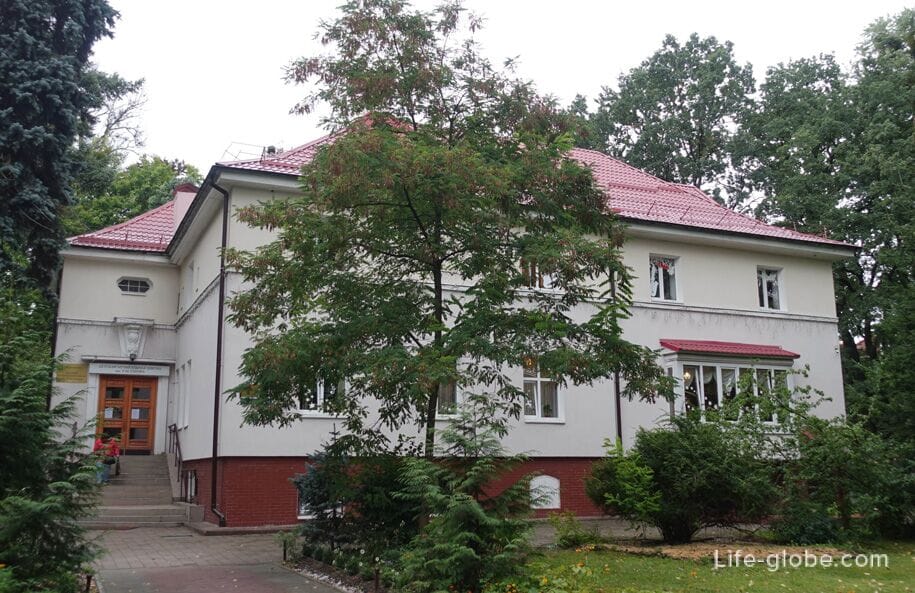
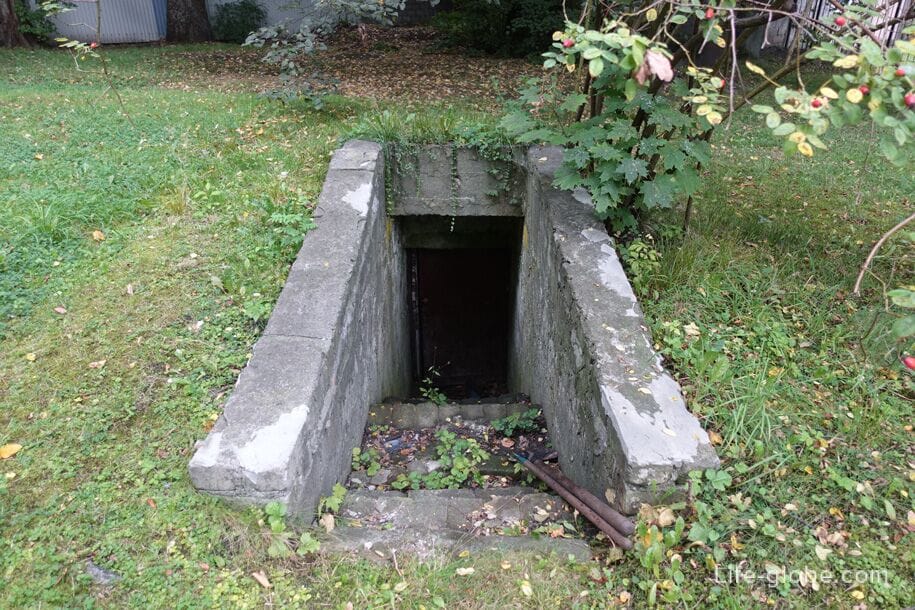
Villa Montorel, 23 Ogareva Street.

The building is notable for its architectureConsulates of Greece, 33 Ogoreva Street
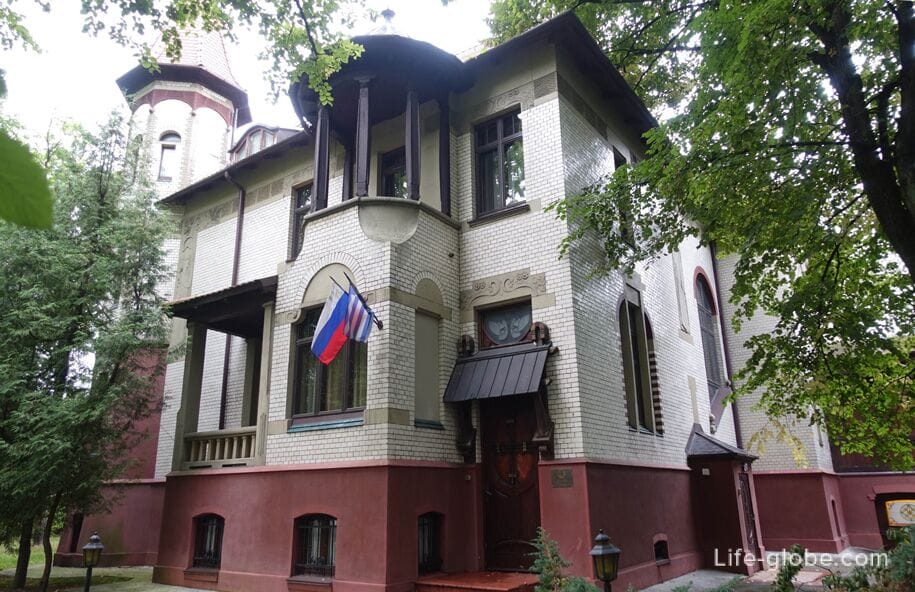

Villa "Rural house Rutt", Kutuzova Street, 8. 1905 - 1910 years of construction. Architectural features: two-level tiled roof, wooden shutters. On the facade of the villa there is a cartouche with the inscription in German "Landhaus Ruth" - "Rutt Rural house".

Villa Libek, Pushkin Street, 8. Built in 190 5- 1906- in the 1990s, designed by the architect Worms. Facade architecture features: geometric patterns made of dark brick and carved wooden decoration of the upper part of the pediment.

Villa Makovsky, Kutuzova Street, 7. 1905 year of construction, Art Nouveau style. An interesting villa, combining yellow and red brick in architecture, is also notable for a tiled roof, balconies and a grand staircase.
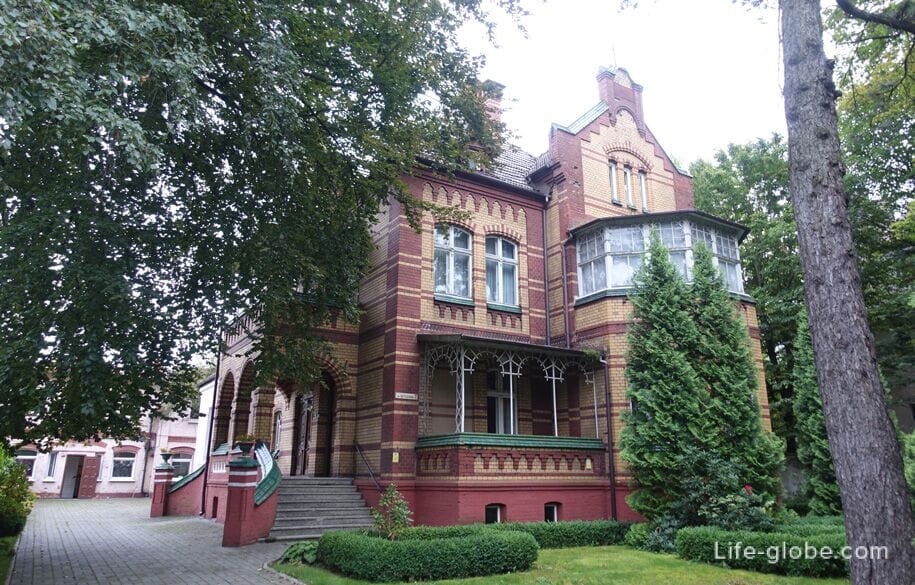
Villa Aron, Nakhimov Street , 2 / Chestnut Alley. It was built in the early 20th century according to the project of O.V. Kukuk, in the Art Nouveau architectural style. It has a mansard roof, decorative facades and an interesting balcony.
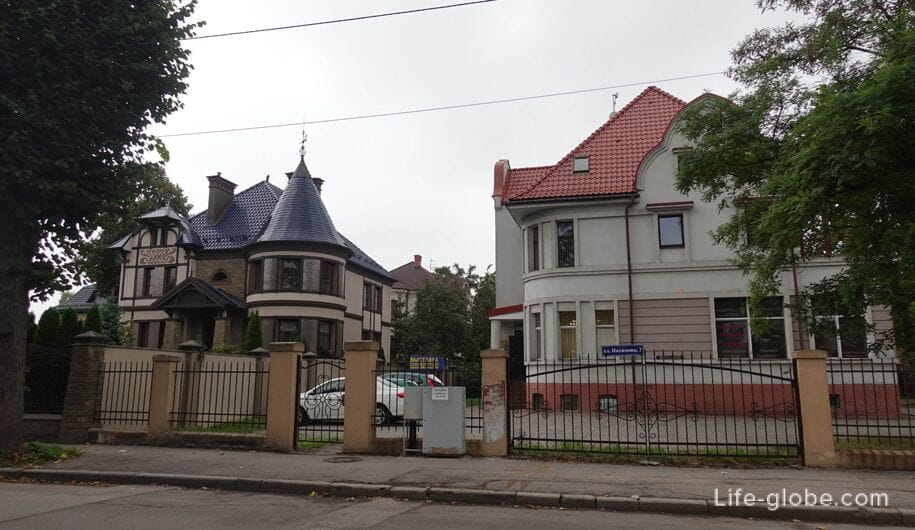
Villa, on Kutuzova Street, 11. Built at the beginning of the 20th century. It has a strict appearance with a front entrance. Currently, Rospotrebnadzor is located within the walls of the villa.

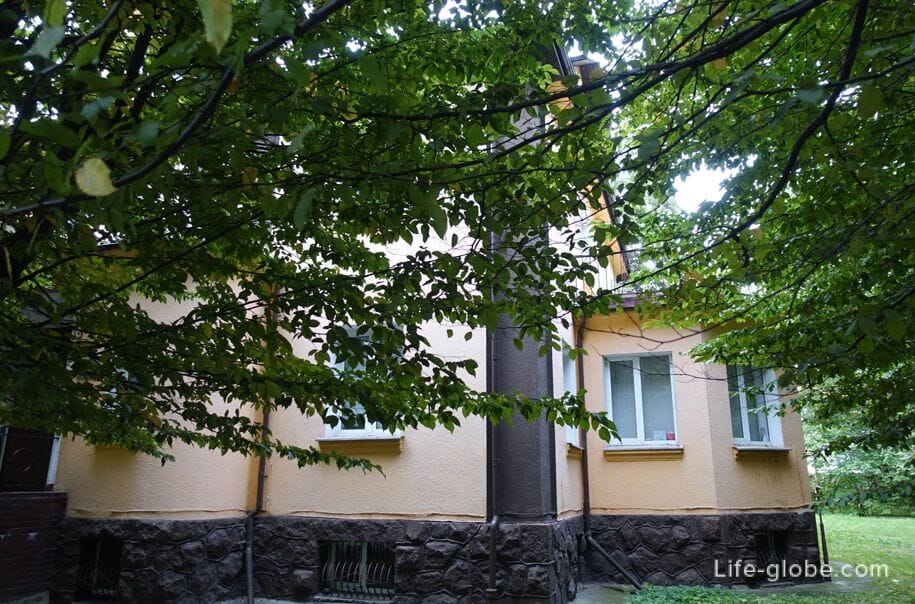
A museum showing the furnishings of East Prussian apartments. The recreated authentic interior of the apartment makes it possible to fully feel the spirit of the old Konigsberg and see with your own eyes how the life of the citizens of the 19th - early 20th centuries flowed.
The museum apartment is located at 11 Krasnaya Street. More about the Altes-House apartment museum in Kaliningrad...
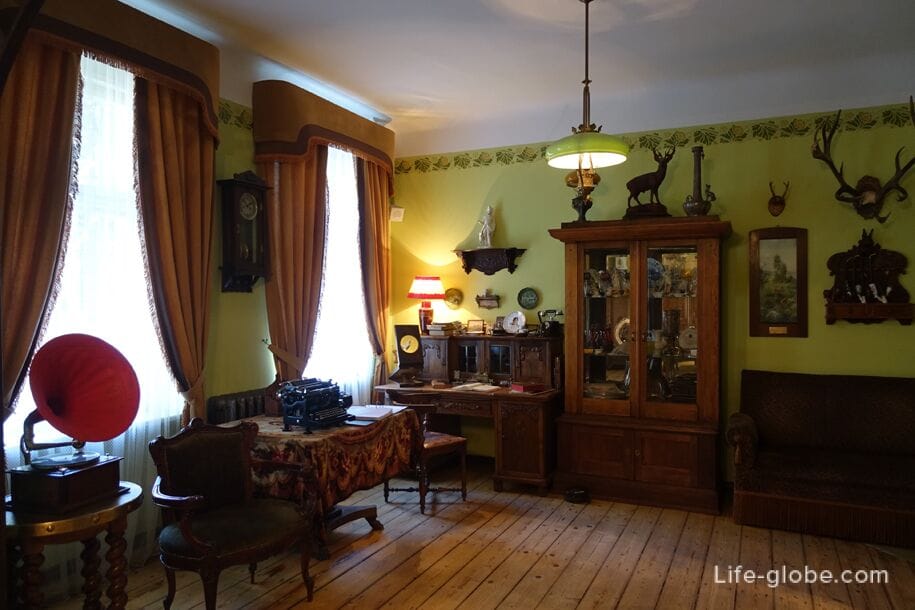
Excursion to the Altes Haus museum-apartment:




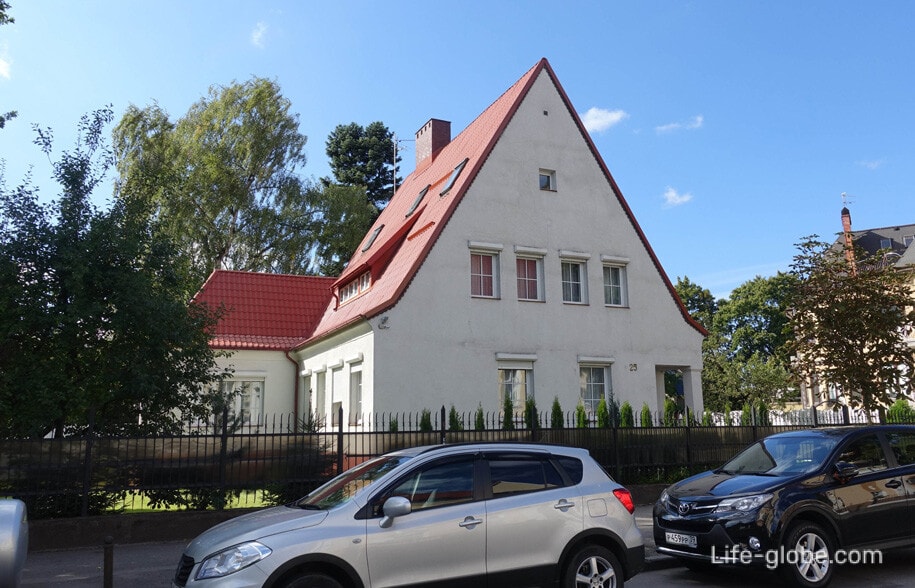

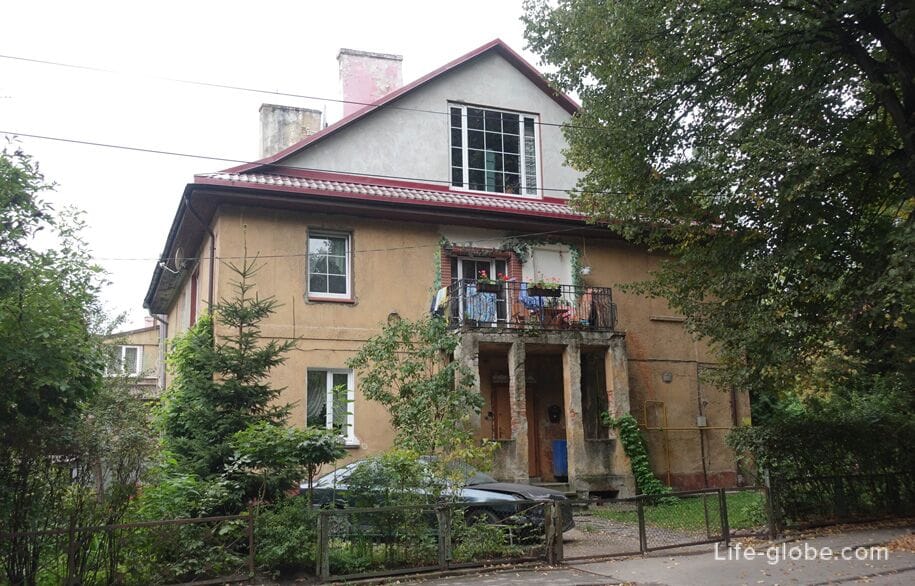
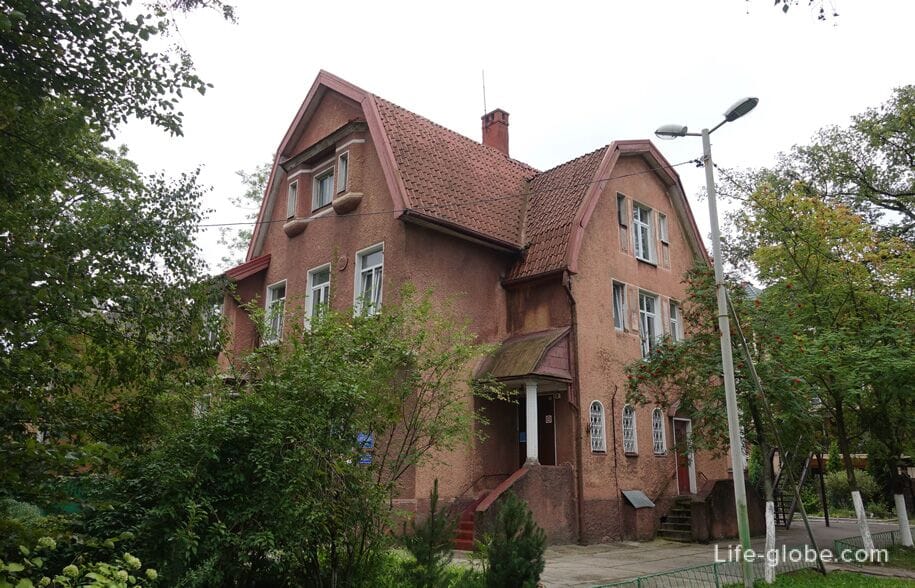
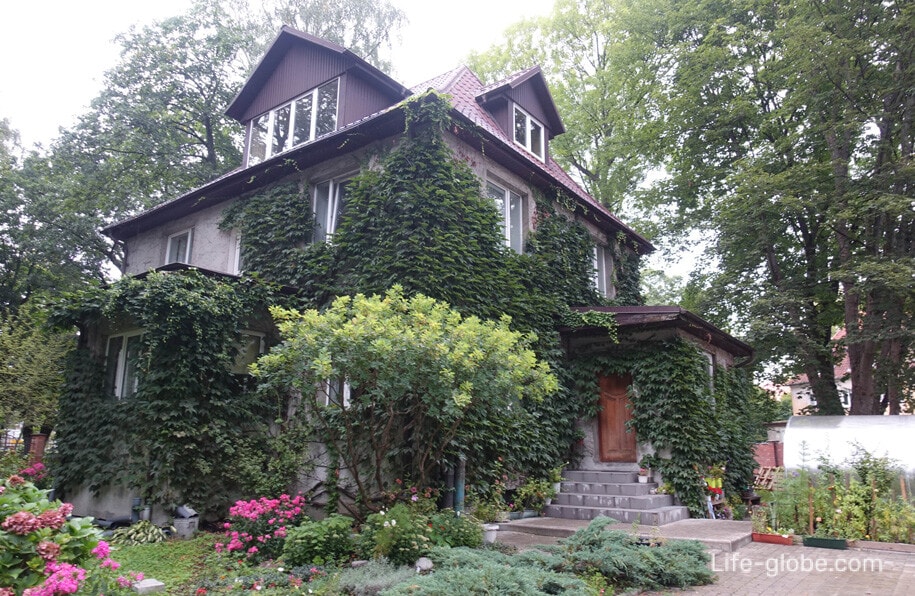
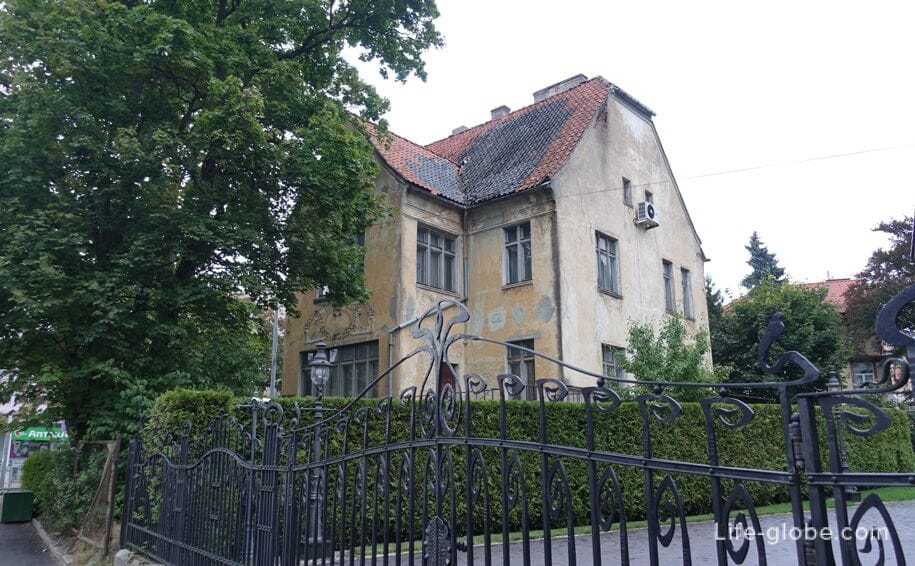
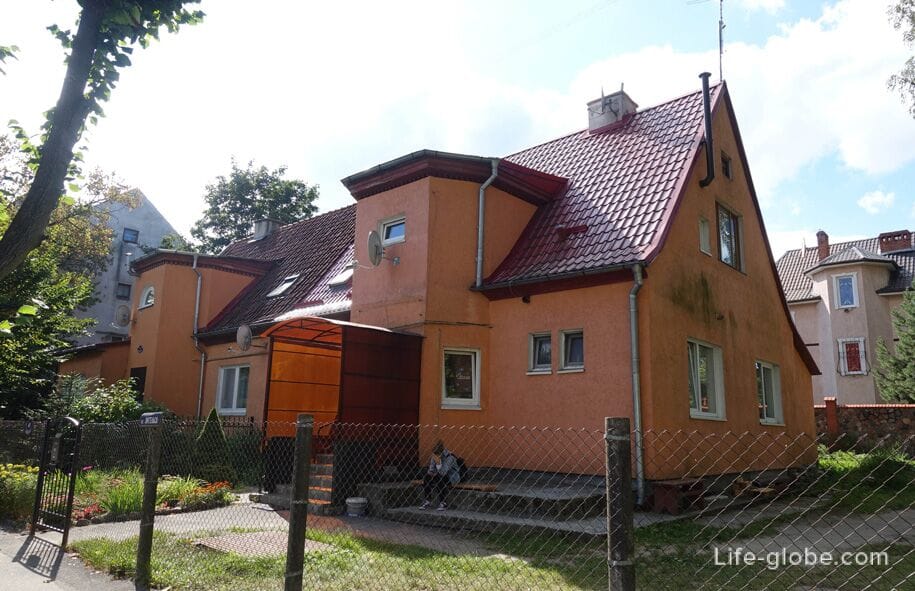
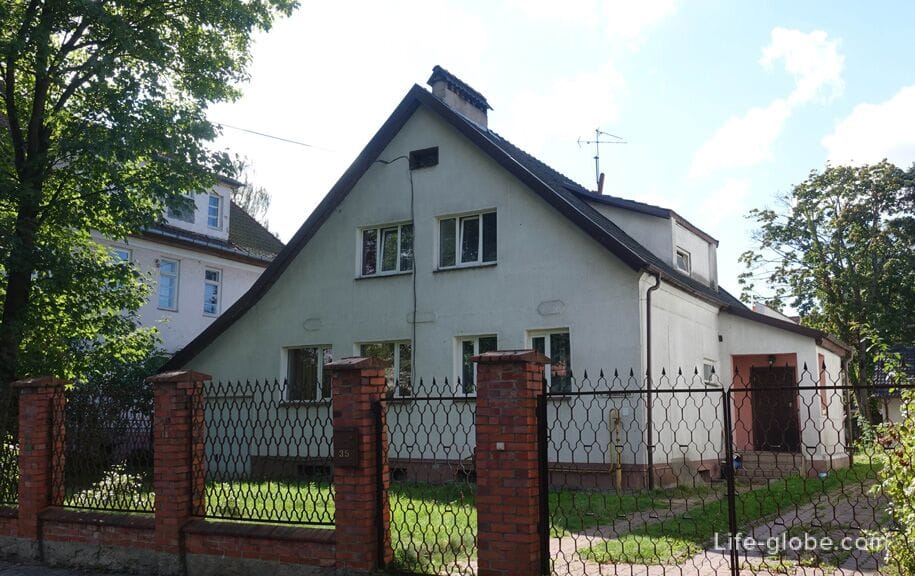
You can visit the Amalienau area both independently and with one of the excursions from Kaliningrad guides:
Kaliningrad Central Park (formerly Kalinin Park) is one of the parks of the city of Kaliningrad.
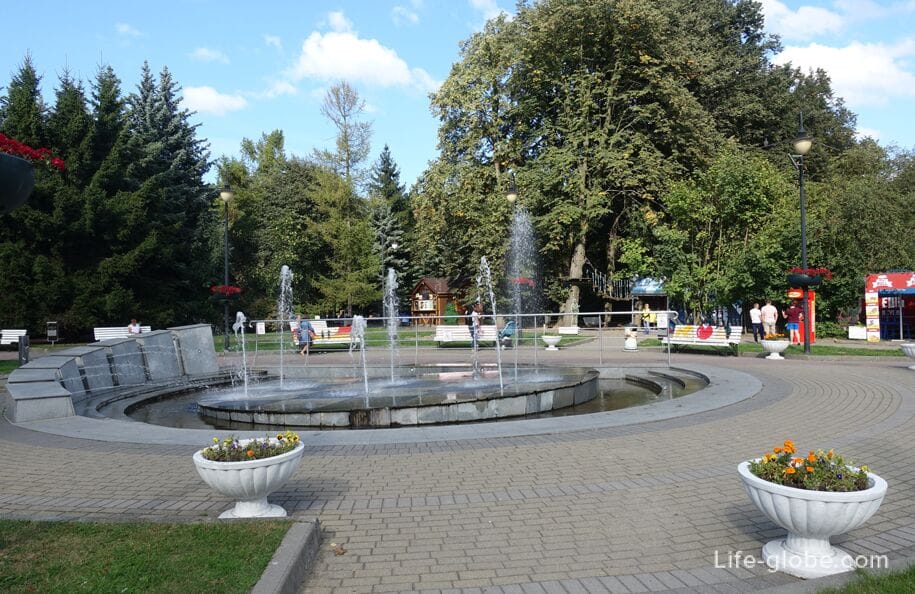
Hufen is a historic district of Konigsberg.
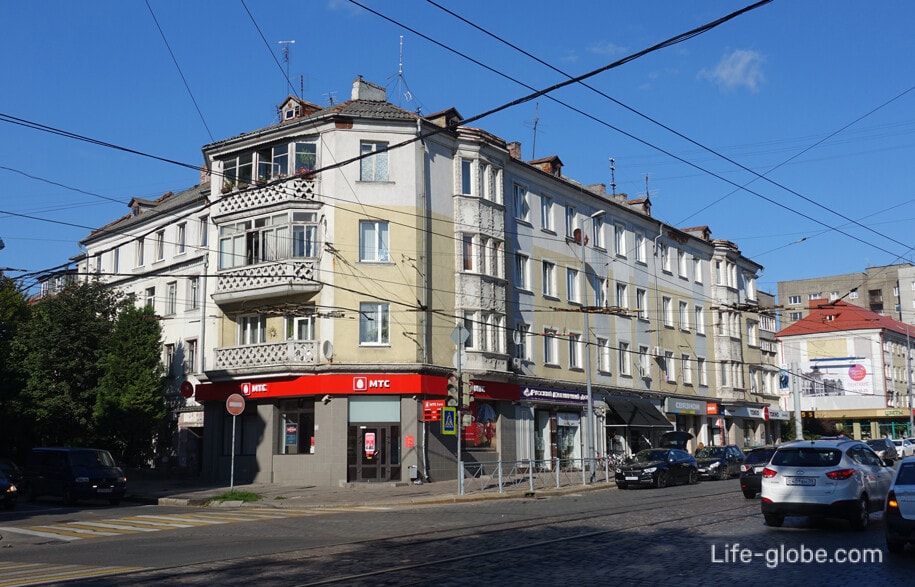
You can visit the Hufen district on your own or with excursions from a Kaliningrad guide:
Kaliningrad Zoo is one of the oldest and largest zoos in Russia.
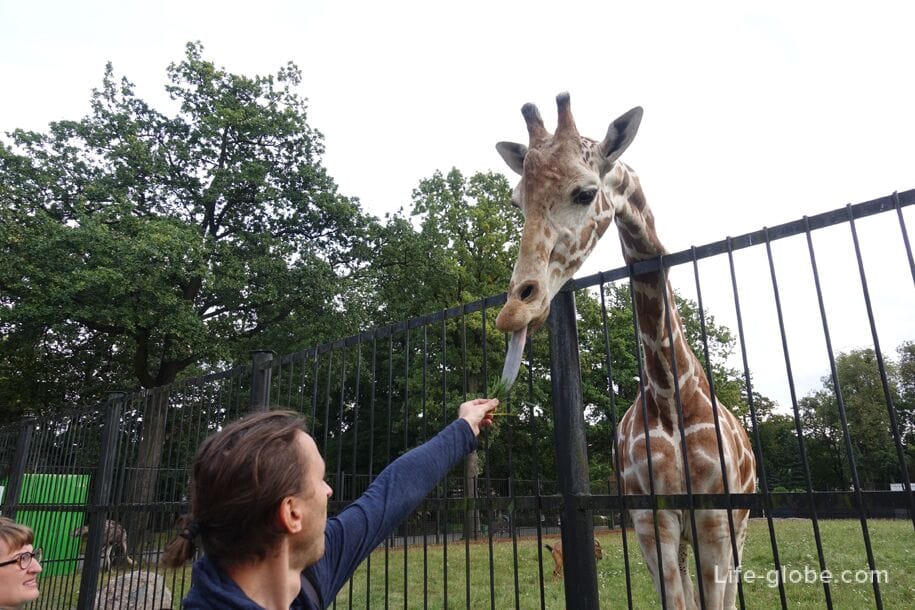
Victory Square is the central square of Kaliningrad.
